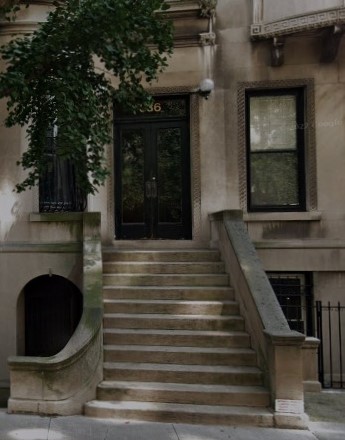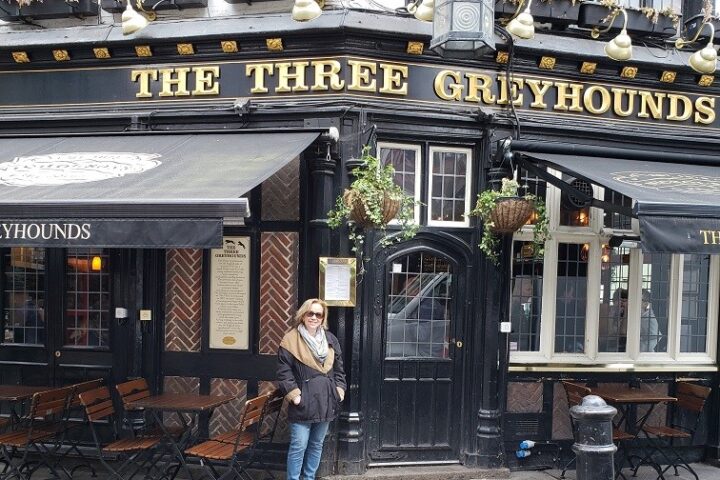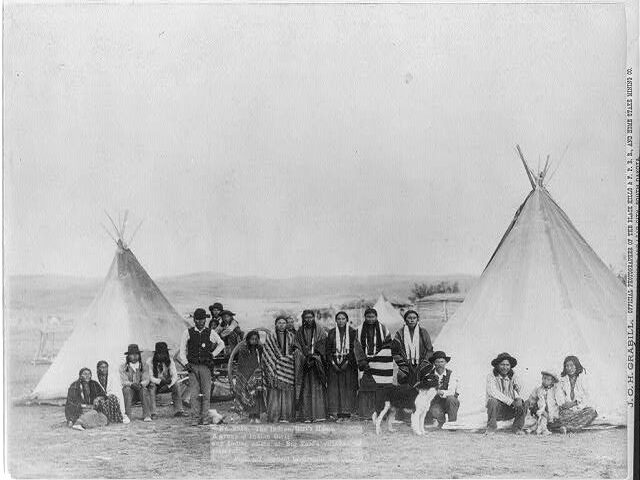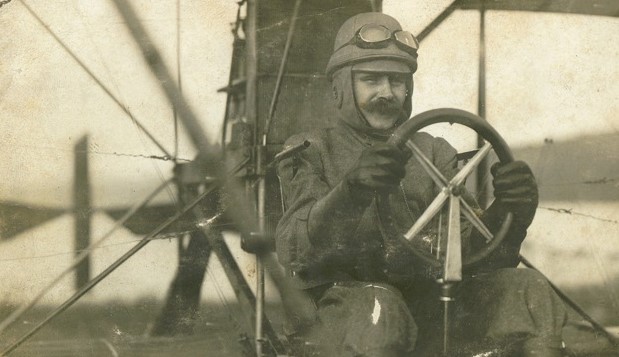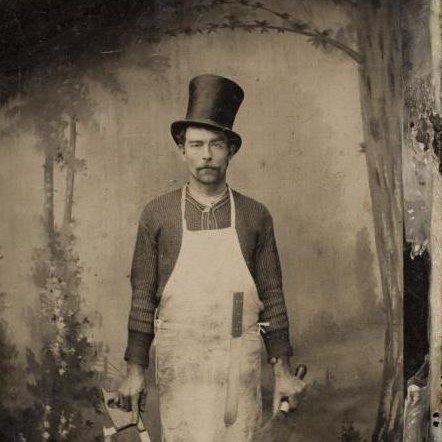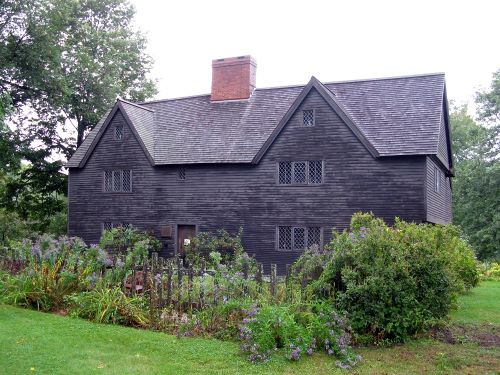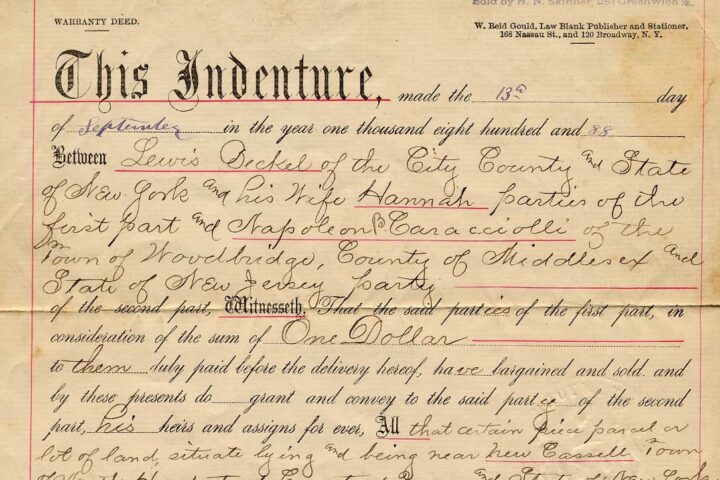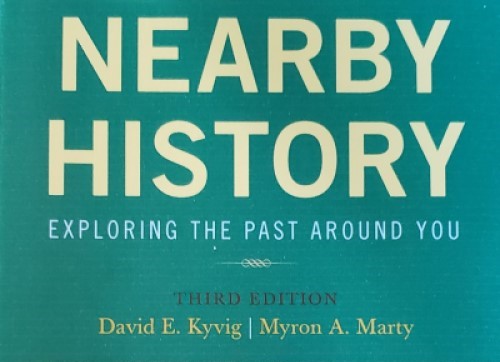The property at 336 changed many investors’ hands while still a grassy meadow before John T. Farley, a wealthy builder and real estate dealer, purchased it in 1895 to begin plans of developing a row of homes on 89th Street. The idea of constructing elaborate homes in that area may have been considered crazy...
The Look of 2022 & 2023’s Outlook
The year 2022 has flown by as years often do! In May I was able to spend my first Mother’s Day in England as a grandmother with my daughter and her newborn; three generations on such a special day. While there, I was able to meet up with my English house historians, which is...
United States Native American Genealogical Resources
Though the idea of setting aside a day to honor the “First Americans” was set in 1915, it wasn’t until 1990 that an entire month, the month of November, was designated as Native American month. Read more about its beginnings here: https://nativeamericanheritagemonth.gov/about/ In honor of the month, Legacy Roots has gathered a few website links...
150-Foot Airport Spite Tower
{1934 – Harrisburg, Pennsylvania} What if you could build a tower to prevent airplanes from flying over your property. As ridiculous as that may sound, Baron Bestecki did not think it was. Born as Zdzislaw Alexander Maximilian Von Bestecki in Poland into Polish nobility, he arrived in the United States after marrying American citizen...
English Origins of Early American Building Techniques — Overhangs and Drops
{Buildings Archaeology Artifactual Feature Origins Part IV — Overhangs and Drops} Introduction As part of the series English Origins of Early American Building Techniques and their connections to English origins, we can see that the commonality among dwellings was not simply in the floor plan. This can be seen in the techniques of framing,...
What Does Genealogy Have to do with National Mad Hatter Day?
{The Use of Hats in Creating a Pictorial Family Tree} National Mad Hatter Day, celebrated on the 6th of October every year, is a day of fun creating silly hats, having tea parties a la Alice in Wonderland, and telling riddles. The holiday naturally brings to mind the phrase, ‘mad as a hatter’ with...
Do You Have a Pirate or Freebooter in the Family?
{Researching Commissioned Officers Gone Awry} We all know about infamous pirates like Blackbeard and Captain Kidd. But beyond those who made a career of it and whose life stories have shown up in numerous books over the centuries, there are those who had a much less notorious history who started out as privateers, commissioned...
English Origins of Early American Building Techniques – Widely-spaced Studs
{Buildings Archaeology Artifactual Feature Origins Part III — Widely-spaced Studs} The spacing between studs may not be considered a unique technique, but the study of the method over time provides a window into the evolution of early American structures. Today’s standard stud size, 2×4 (1-½ x 3-½”) or 2×6 (1-½ x 5-½”), are spaced...
Deed Research – Breaking Through Brick-Walls
INTRODUCTION If you have ever searched through old deeds while investigating the origins of a house’s history or to discover where your ancestor lived, you may have run into a dead end while searching through the deeds. There are multiple reasons why this occurs, anywhere from the property being conveyed through probate of an...
Book Review: Nearby History: Exploring the Past Around You
{Book Review: Nearby History: Exploring the Past Around You, by David E. Kyvig and Myron A. Marty, Published by Rowman & Littlefield} Nearby History is called ‘a comprehensive handbook for those interested in investigating the history of communities, families, local institutions, and cultural artifacts.’ But it is much more than that. What I found this...
